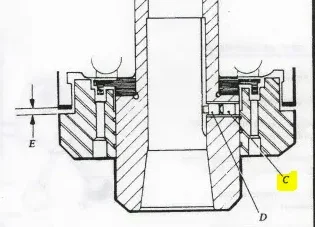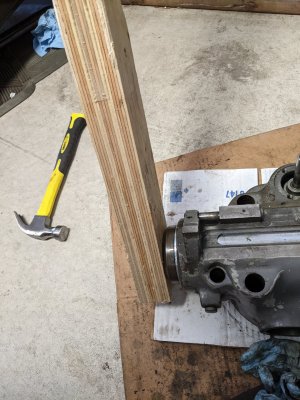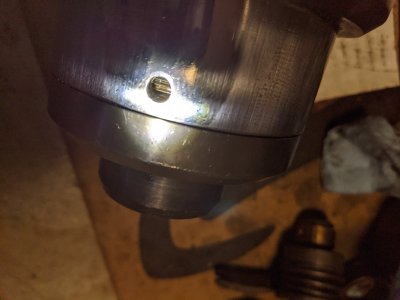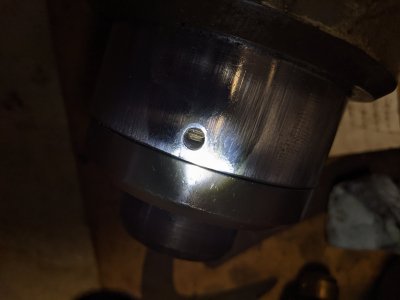View attachment 16001There’s a bunch of different companies that make similar bearing pullers but that’s the basic concept. I’ve posted pics of mine on here before but you get the idea
It sounded similar to what you were describing making
I didn't see your post till after I pressed send.
I actually already have a bearing puller like those. They are designed to remove pressed on bearings and require access to the back of the bearing. Unless I am mistaken, we don't have access in this case. If we do, then @architect and I are both fussing over nothing.
Machinery repair advocates drilling holes through the housing to insert punches through. However, I couldn't find a demo and I am very leery of the whole idea of doing that.
Could you provide a link to the earlier post you mentioned?




